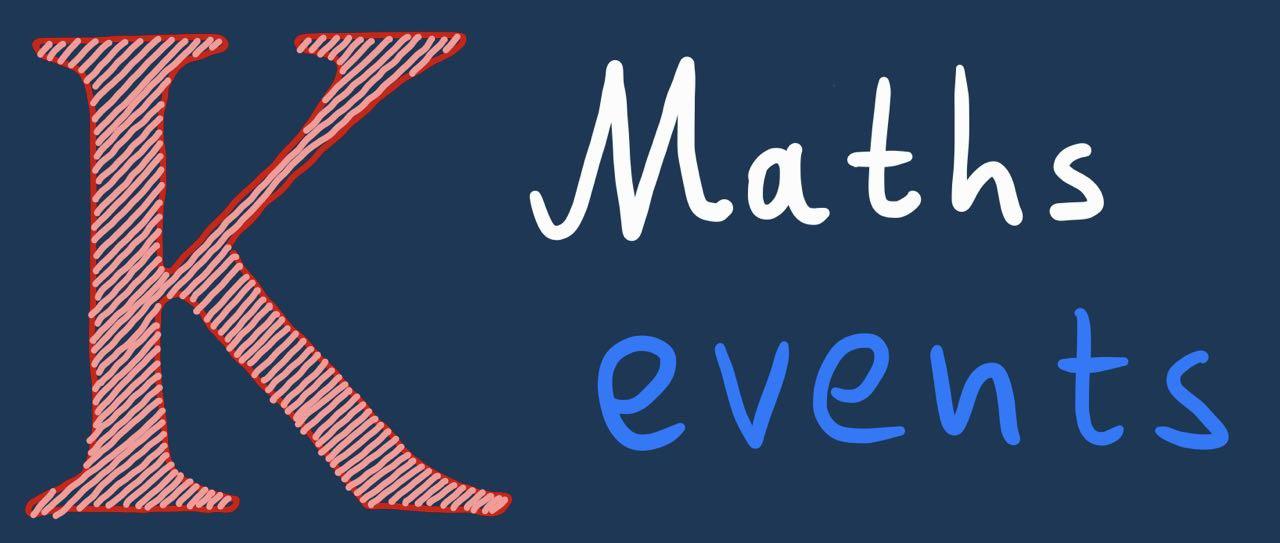Week 02.02.2025 – 08.02.2025
Monday (03 Feb)
TP Lonti: An introduction to the black hole information paradox (3/4)
Regular Seminar Tarek Anous (QMUL)
| at: 10:30 - 10:31 KCL Strand room: LIMS abstract: | This course will give a technical introduction to the black hole information paradox (BHIP). In the first lecture, we will begin with a review of quantum path integrals, both in Lorentzian and in Euclidean signature. We will review the Euclidean path integral connection with statistical mechanics and thermodynamics while also reviewing the derivation of the first law of thermodynamics in standard equilibrium statistical mechanics. We will then introduce the laws of black hole thermodynamics, and study them in particular examples. The second lecture will be devoted to the Unruh effect. We will study free quantum field theory in Rindler space, which, locally, is the spacetime observed by a uniformly accelerated observer. We will derive that this observer measures a temperature related to the observer proper acceleration. The third lecture will be devoted to classical and quantum information theory including notions of conditional probability, mutual information, and entropy inequalities, in settings with finite numbers of degrees of freedom. We will also introduce the Page curve and its significance. Finally, in the fourth lecture we will set up a toy model of the BHIP in Anti de Sitter space (AdS). Because AdS is believed to have a dual description as a conformal quantum field theory, we will use this duality to our advantage. We end with a broad discussion synthesizing what we have learned, and what is left to understand. Keywords: |
DS Advanced Lecture Series: Hydrodynamic Fluctuations
regular seminar Benjamin Doyon (KCL)
| at: 12:00 - 13:30 KCL, Strand room: S5.20 abstract: | The dynamics of many-body systems, such as gases of particles or lattices of spins, often display, at large scales of space and time, a high degree of universality. Indeed, this dynamics is usually described by a few equations, those of hydrodynamics, representing
|
PR KCL Probability Seminar: Sinai excursions
regular seminar Brett Kolesnik (University of Warwick)
| at: 14:00 - 15:00 KCL, Strand room: S-3.18 abstract: | Sinai initiated the study of random walks with persistently positive area processes. We find the precise asymptotic probability that the area process of a random walk bridge is an excursion. The asymptotics are related to subset counting formulas from additive number theory. Our results respond to a question of Caravenna and Deuschel, which arose in the context of the wetting model from statistical physics. Joint works with Michal Bassan and Serte Donderwinkel will be discussed. Keywords: |
FM Robust Reinforcement Learning with Dynamic Distortion Risk Measures
regular seminar Anthony Coache (Imperial College London)
| at: 15:00 - 16:00 KCL, Strand room: s5.20 abstract: | In a reinforcement learning (RL) setting, the agent's optimal strategy heavily depends on her risk preferences and the underlying model dynamics of the training environment. These two aspects influence the agent's ability to make well-informed and time-consistent decisions when facing testing environments. In this presentation, we propose a framework to solve robust risk-aware RL problems where we simultaneously account for environmental uncertainty and risk with a class of dynamic robust distortion risk measures. Robustness is introduced by considering all models within a Wasserstein ball around a reference model. We show how to estimate such dynamic robust risk measures using neural networks by making use of strictly consistent scoring functions, derive policy gradient formulae using the quantile representation of distortion risk measures, and demonstrate the performance of our actor-critic algorithm on a portfolio allocation example. This is a joint work with Sebastian Jaimungal (U. Toronto). Keywords: |
Friday (07 Feb)
DS Probabilistic approach to quantum spin systems
colloquium Daniel Ueltschi (Warwich University)
| at: 15:30 - 16:30 KCL, Strand room: Nash Lecture Theatre (K2.31) abstract: | The study of the magnetic properties of condensed matter is difficult but fascinating. Various phase transitions occur in systems at equilibrium. Physicists have introduced several models, that offer great mathematical challenges. I will review the motivation and some basic questions behind the Ising andHeisenberg models. I will discuss the random loop representations of the latter model, and the many questions around them. Keywords: |
